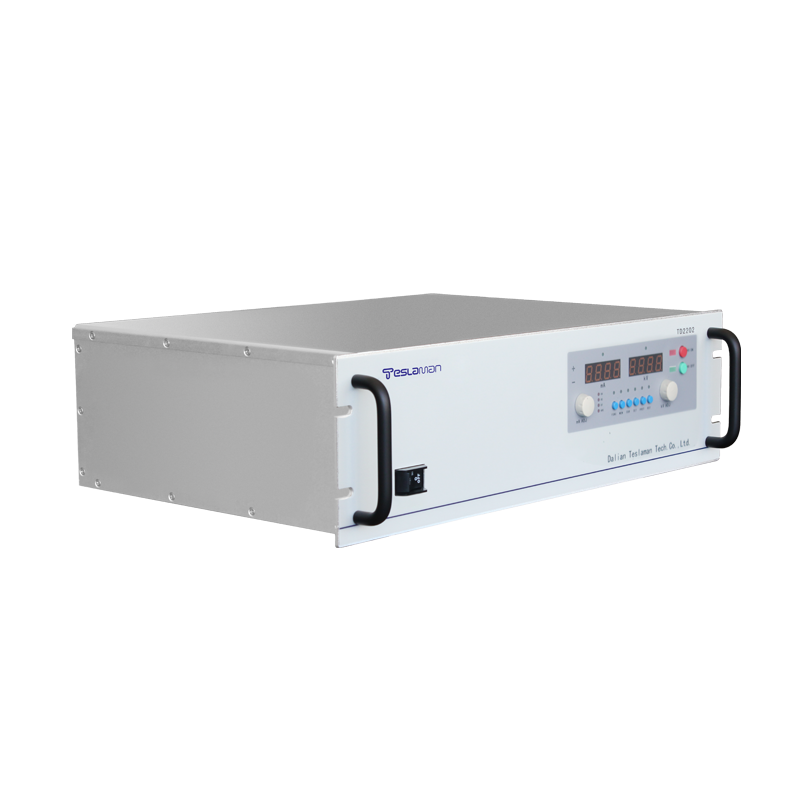Design and Optimization Strategies for High-Voltage Generators
High-voltage generators are a crucial component of high-voltage power supply systems, and the quality of their design directly affects the performance, stability, and lifespan of the entire system. In this article, we will delve into the key design considerations and optimization strategies for high-voltage generators from a professional perspective, aiming to provide valuable reference information for researchers and practitioners in related fields.
I. Basic Working Principle of High-Voltage Generators
High-voltage generators convert low-voltage input into high-voltage output through a series of complex physical and electrical processes. Specifically, they first convert alternating current (AC) mains power into direct current (DC), and then use transformers or switching power supplies to generate the required high-voltage output through voltage boosting and rectification steps. Key technologies involved in this process include power factor correction, high-voltage insulation, voltage and current control, etc.
II. Key Design Considerations for High-Voltage Generators
1. Matching Input and Output Characteristics: The input of a high-voltage generator should adapt to wide fluctuations in mains voltage, while its output voltage and current should meet the needs of specific loads. Design should充分考虑 input voltage range, output voltage accuracy, output current stability, and other factors.
2. High-Voltage Insulation Performance: Due to the extremely high working voltage of high-voltage generators, great importance must be attached to their insulation performance. When designing, high-quality insulating materials should be selected, and electrical components should be reasonably arranged to ensure no breakdown or flashover occurs during long-term operation.
3. Efficiency and Heat Management: The conversion efficiency of high-voltage generators directly affects their energy consumption and heat generation. To improve efficiency, high-performance switching devices and optimized circuit topologies should be used. At the same time, effective heat dissipation measures must be taken to ensure that the equipment operates within a safe temperature range.
4. Safety and Reliability: High-voltage generators must strictly comply with relevant safety standards during design, such as overvoltage protection, overcurrent protection, short-circuit protection, etc. Meanwhile, to improve equipment reliability, methods such as redundancy design and derating should be adopted to reduce the probability of failures.
III. Optimization Strategies for High-Voltage Generators
1. Adopting Advanced Control Technology: Using modern control technologies such as digital signal processors (DSPs) or microcontrollers to achieve precise control and intelligent management of high-voltage generators. This can not only improve the response speed and stability of the equipment but also reduce operator errors caused by human factors.
2. Optimizing Circuit Topology: By thoroughly researching the advantages and disadvantages of various circuit topologies, selecting the most suitable high-voltage generator topology for specific application requirements. For example, for high-frequency and high-voltage applications, push-pull, half-bridge, or full-bridge circuit topologies can be used.
3. Increasing Power Density: By selecting high-integration, miniaturized components and innovative heat dissipation technologies, reducing the size and weight of high-voltage generators, thereby increasing their power density. This is not only conducive to saving installation space but also reduces transportation and installation costs.
4. Enhancing Anti-Interference Ability: In response to potential electromagnetic interference problems faced by high-voltage generators, effective shielding, filtering, and grounding measures should be taken to improve the equipment's anti-interference ability. Meanwhile, corresponding anti-interference algorithms should also be added to software design to ensure stable system operation in complex environments.
5. Implementing Remote Monitoring and Diagnosis: With the help of modern communication technologies, realizing remote monitoring and fault diagnosis functions for high-voltage generators. This helps improve equipment operation and maintenance efficiency, reduces O&M costs, and provides strong support for continuous optimization and improvement of equipment.
In conclusion, as one of the core components of high-voltage power supply systems, the design and optimization of high-voltage generators are of great significance to the performance and safety of the entire system. In future research, we expect to see more emerging and applied technologies and methods for high-voltage generators, jointly promoting technological progress and development in the field of high-voltage power supplies.




















